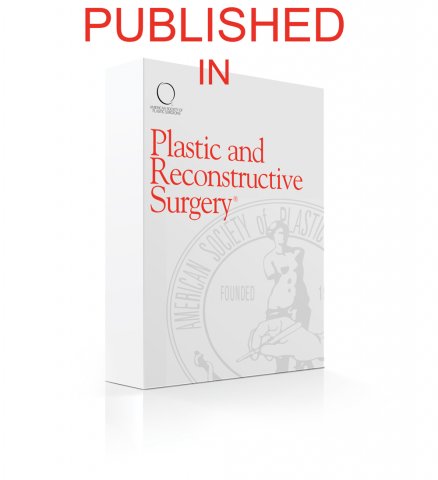Nous sommes fiers d'annoncer que l'article sur le traitement des Pectus Excavatum par implant de silicone sur mesure, est enfin paru dans l’édition du mois de mai du journal médical américain "Plastic and Reconstructive Surgery", publication de référence de la chirurgie plastique au niveau mondial.
Cet article se base sur 20 ans d'expérience et 401 cas de Pectus Excavatum traités par implant de silicone sur mesure. Il démontre que cette technique permet d'obtenir des résultats esthétiques de grande qualité et ainsi de répondre à l'impact psychologique de cette pathologie. Tout en minimisant sensiblement les risques liés aux techniques traditionnelles plus invasives telles que Nuss ou Ravitch.
L'article fait également une comparaison entre la technique initiale du moulage plâtré (sur la peau du patient) et celle de la conception assistée par ordinateur, mise en place depuis 2007, et démontre que les résultats obtenus se sont sensiblement améliorés avec un taux de satisfaction des patients passant de 50% à 80%.
Références
Chavoin J.P., Grolleau J.L. , Moreno B., Brunello J., André A., Dahan M., Garrido I., Chaput B.
"Correction of Pectus Excavatum by Custom-Made Silicone Implants: Contribution of Computer-Aided Design Reconstruction. A 20-Year Experience and 401 Cases"
Plast Reconstr Surg. 2016 May;137(5)
Background: In the absence of demonstrable functional impairment, Pectus Excavatum is merely a congenital deformity, albeit with a marked psychological impact. Many patients do not wish to undergo thoracic remodeling operations, which are invasive and do not clearly result in respiratory or cardiac improvement.
Methods: From 1993 to 2015, the authors designed 401 custom-made silicone implants to treat funnel chests. Before 2007, implants were made from plaster chest molds. Beginning in 2007, three-dimensional reconstructions were made from computed tomographic scans by computer-aided design. The authors prospectively recorded all assessments and follow-up data since 1993. Preoperative and postoperative photographs of two random groups of 50 patients were analyzed, in a blinded manner, by two surgeons independently. Intraoperative and postoperative complications, clinical outcomes, patient satisfaction, and quality of life were evaluated.
Results: One infection and three hematomas were recorded. Periprosthetic seroma was evident in all cases. Patients rated the cosmetic outcomes of computer-aided design implants significantly higher than those of the earlier implants made using plaster molds (p = 0.030). Malformations were better corrected in the computer-aided design group (86 percent) than in the plaster group (72 percent) (p = 0.038). Patient satisfaction was higher in the former group (p = 0.011). Medical Outcomes Study 36-Item Short-Form Health Survey scores revealed significant improvements, both socially and emotionally.
Conclusions: Correction of Pectus Excavatum using a computer-aided design silicone implant fulfils aesthetic and psychological demands. The technique issimple and reliable and yields high-quality results. In the medium term, the approach may render invasive techniques obsolete. These operations remains risky and of doubtful functional utility. (Plast. Reconstr. Surg. 137: 00, 2016.)


